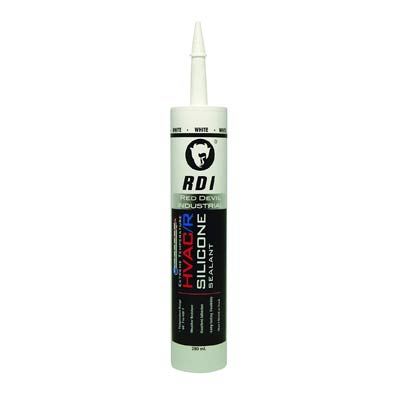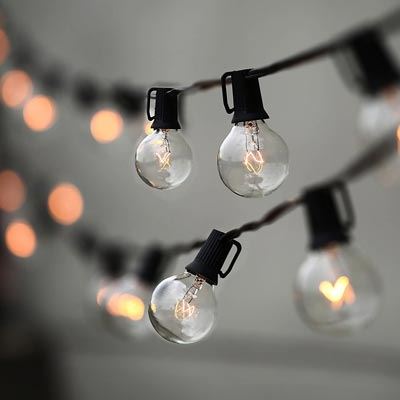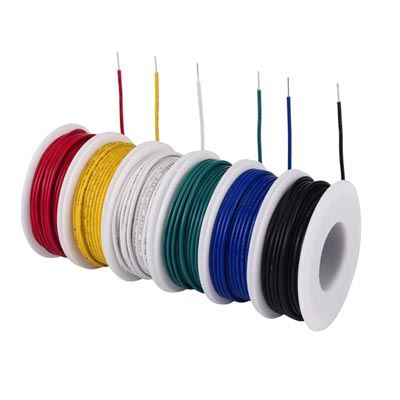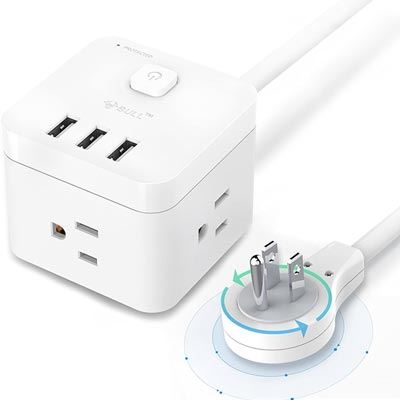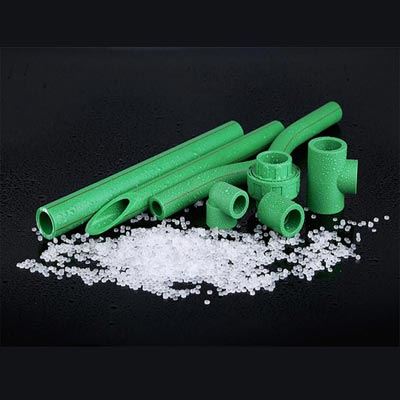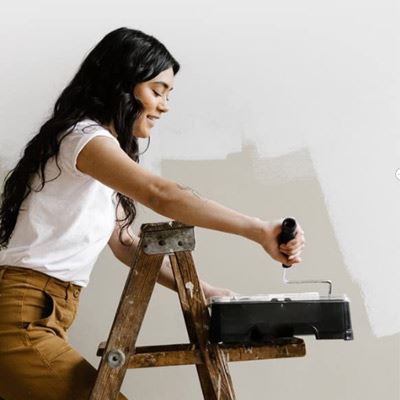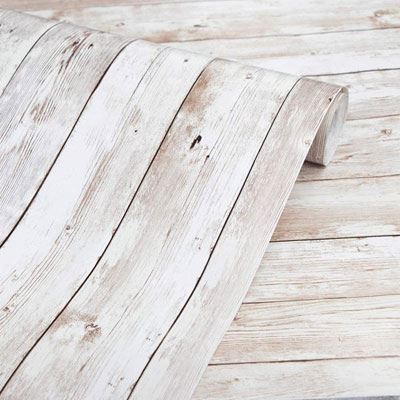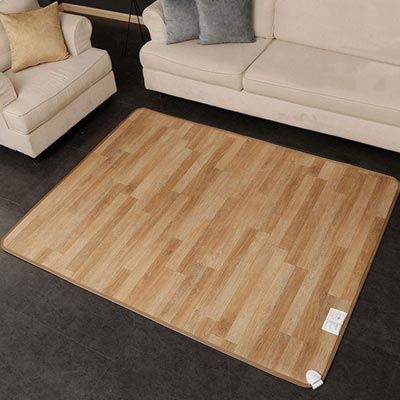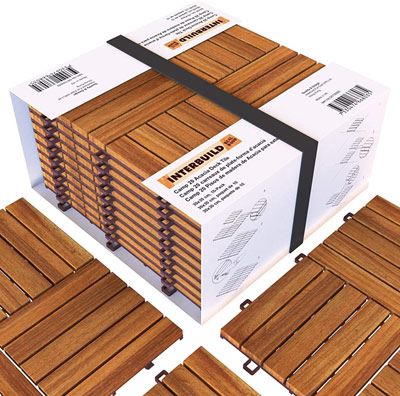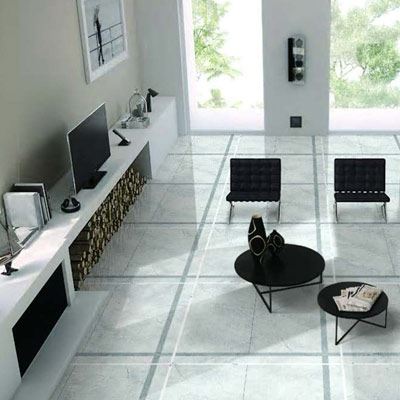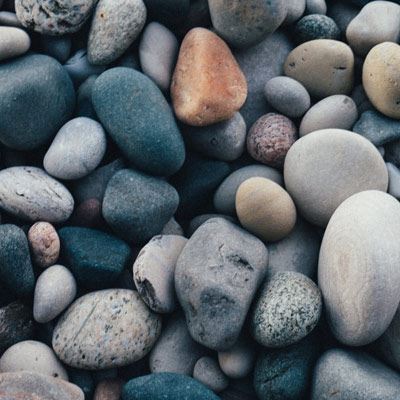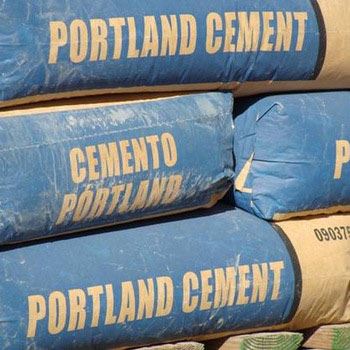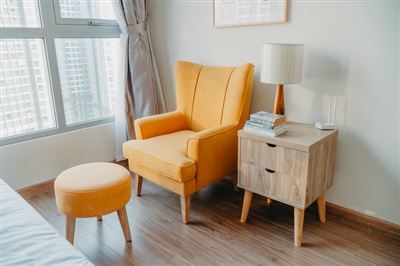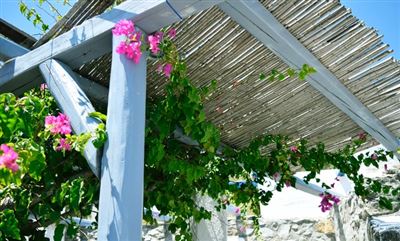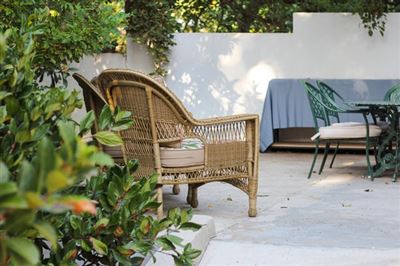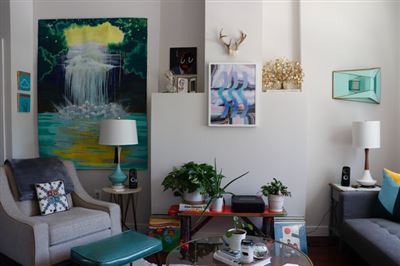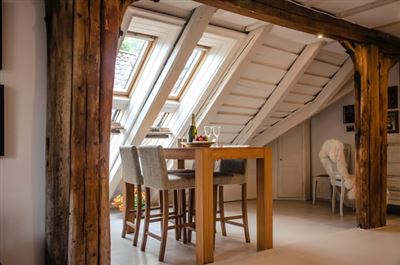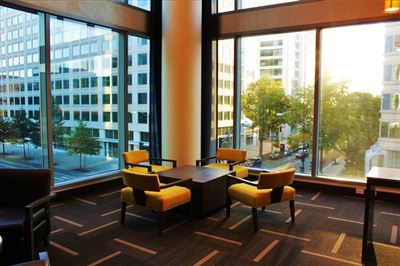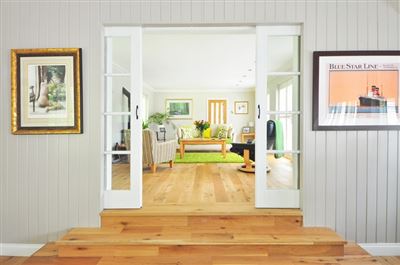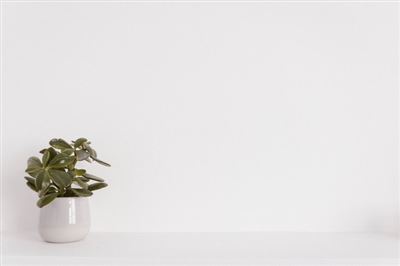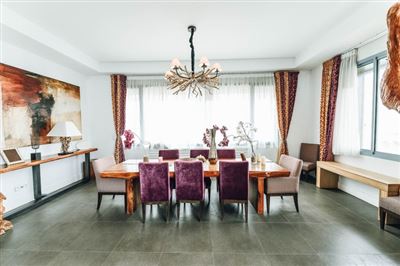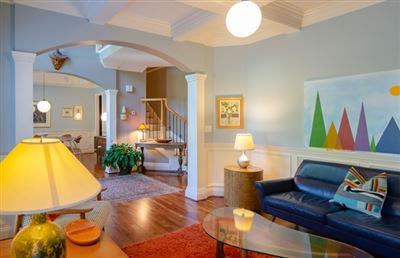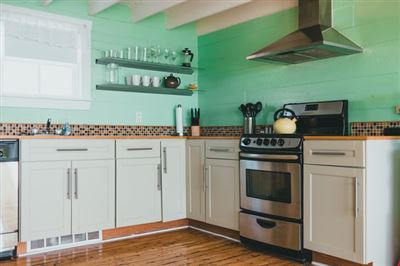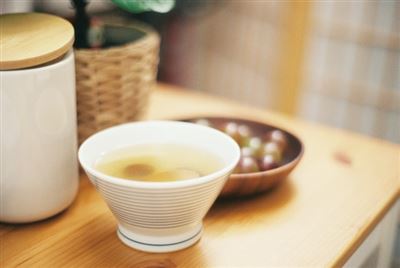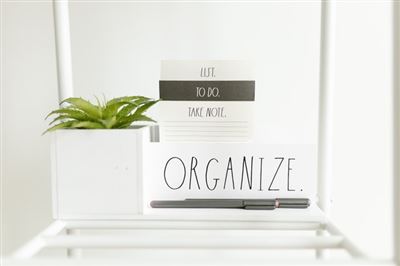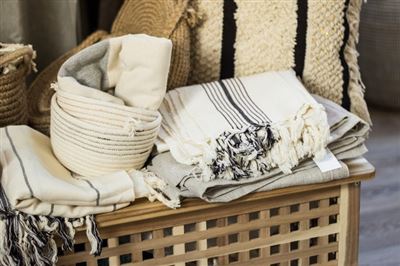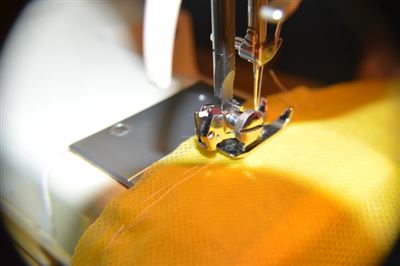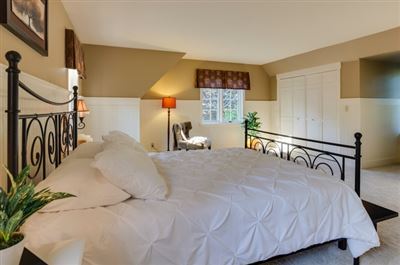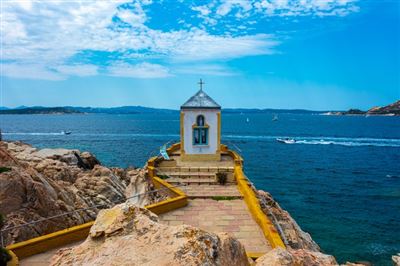
PPR water pipes have many advantages, such as economy, non-toxic, light weight, corrosion resistance, no water leakage, no scaling, high reliability, and high cost performance. Its disadvantages are that it has poor high temperature resistance and pressure resistance, and its length is limited. If the pipeline is laid for a long distance or has many corners, a large number of joints will be used, and the price of accessories will be higher.
The purchase of PPR water pipes should be considered from the following aspects.
1. Try to choose products from well-known large companies
At present, there are two types of pipe wall thicknesses on the market, 2.8 mm and 3.4 mm.
General dealers say that the pressure-bearing capacity of 3.4 mm is greater than 2.8 mm. In fact, the products produced by regular manufacturers, although the wall thickness is 2.8 mm, have passed strict experimental certification and their pressure-bearing capacity meets the national standards, so they can still be used with confidence.
In addition, the thicker the pipe wall, the smaller the inner diameter of the pipe, and the water flow will naturally decrease.
2. Identification of good and bad products
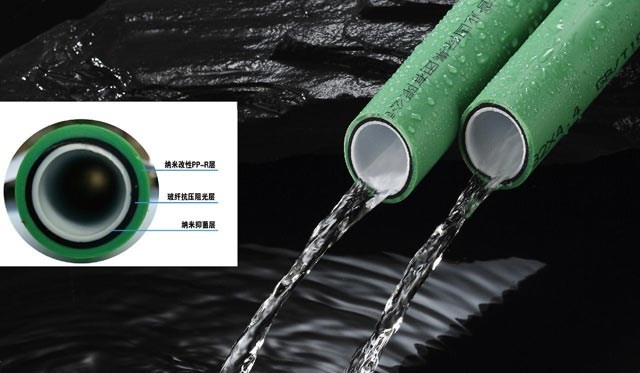
The high-quality tube has a smooth appearance, complete identification, and brand names on the accessories;
Inferior products cannot do this. Because high-quality pipes use 100% imported PPR raw materials, and low-quality pipes only use part of PPR raw materials, there is a big difference in performance between the two.
The good quality PPR pipe has good toughness, can be easily bent into a circle without breaking, and can still maintain the hardness under high water temperature.
Inferior pipes are brittle, break when bent, and are softened at a water temperature of 60 degrees Celsius. High-quality products are guaranteed for 50 years, and inferior products can only be used for up to 5 years.
3. The process flow is also very important
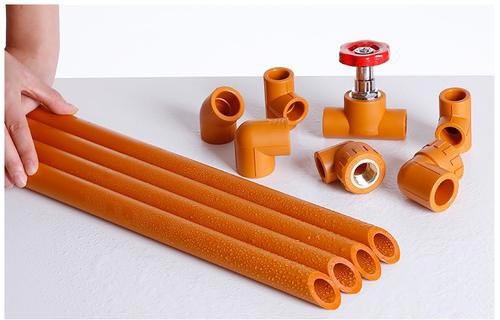
In accordance with the horizontal, horizontal and vertical principle, a deep groove larger than the diameter of the water pipe should be excavated on the foundation floor of the room, and then PPR water pipes should be laid, followed by sequential hot-melt connections. It should be noted that due to the limited length of the PPR water pipe, when the laying distance is too long or when the corner is encountered, special pipe fittings must be used for connection. At the same time, do not save trouble and bend the water pipe directly. After all PPR interfaces are fused together with hot melt technology, the pressure test must be carried out for more than 24 hours. If the on-site environment permits, the pressure test time can be longer. When it is ensured that there is no leakage of water, the landfill is carried out.
4. PPRK pipe also has defects
If the high temperature resistance and pressure resistance are slightly worse, the long-term working temperature cannot exceed 70 degrees Celsius; each section is limited in length and cannot be bent for construction. If the pipeline is laid for a long distance or has many corners, a large number of joints will be used in the construction; The tubing is cheap but the price of accessories is relatively high. However, in terms of overall performance, PPR pipe is currently the most cost-effective pipe material, so it has become the material of choice for renovation of home improvement water pipes.
Decoration tips
The most common problem of PPr water pipes is water leakage, so the specifications to be paid attention to when installing are
5.1. When using PPR pipe fittings with metal threads, a foot seal must be used to avoid water sprinkling at the threads
5.2. Do not tighten the pipe fittings too tightly to avoid cracks and water leakage
5.3. It is best to cut off at 4 cm ~ 5 cm at both ends of the pipe
5.4. During winter construction, the pipeline should avoid stepping, knocking, magnetism, and throwing. After installation, a pressure increase test must be carried out. The pressure test time is 30 minutes to 8 kg to 10 kg without leakage.
5.5. It is better to go to the top of the water pipe for easy maintenance. If it goes underground, it is difficult to find water leakage
